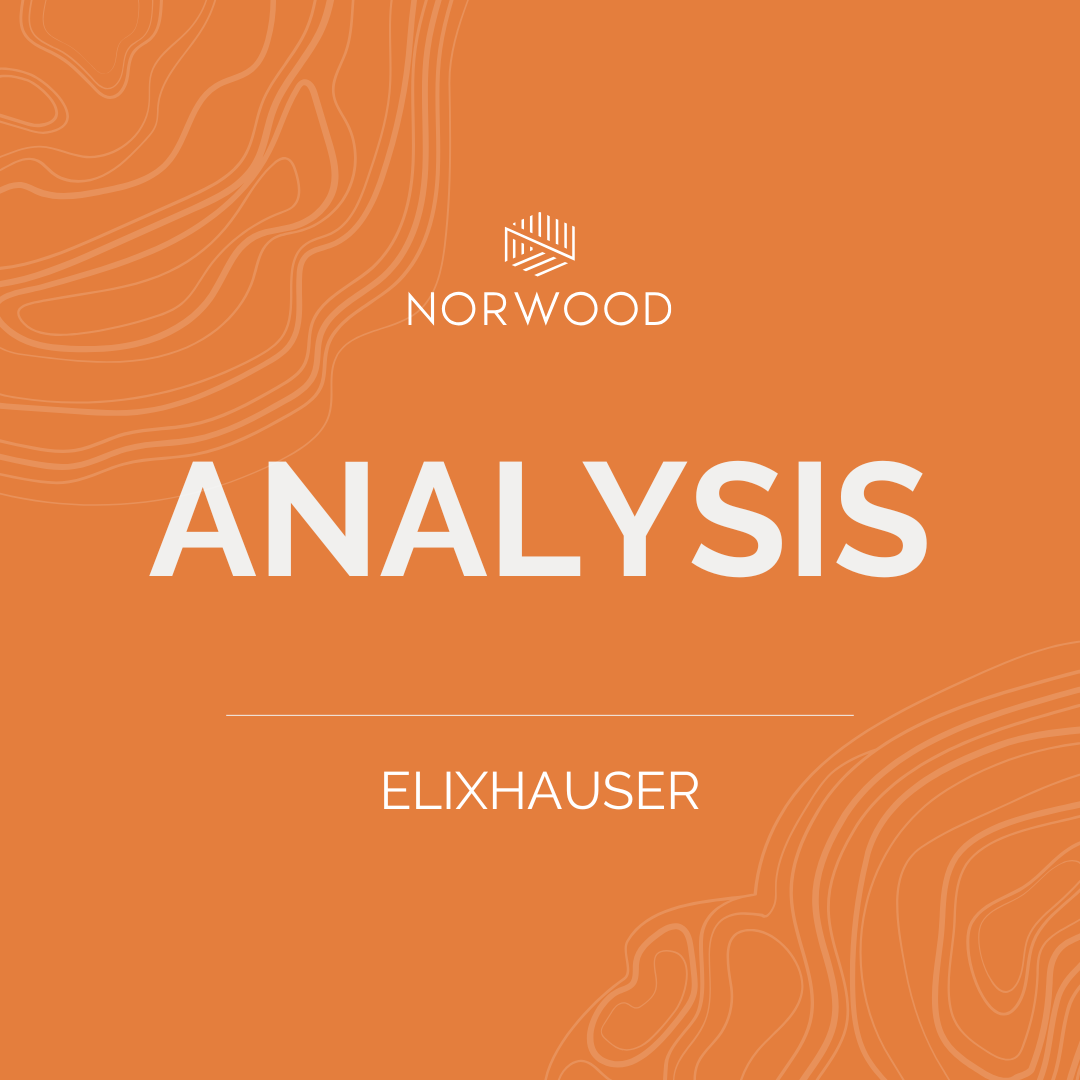Elixhauser: A mouthful to say, but a must know concept in understanding hospital quality and performance

By Brian Murphy
Elixhauser. That’s the post.
Still with me?
I get it. What a name and a mouthful. I think I first heard it from Dr. James Fee in my ACDIS days. I thought he’d either busted out some piece of obscure clinical terminology or suffered an aneuryism. I later heard it from Cheryl Manchenton and knew it was something I should explore.
As it turns out Elixhauser is a term that you should know more about if you’re in the CDI and coding space. Michelle Wieczorek recently pointed out that if CDI professionals focused their efforts on 40 HCC diagnoses that group in the index they’d more accurately depict mortality and readmissions.
Elixhauser (technically Elixhauser Comorbidity Index) is a risk adjustment tool developed by AHRQ to identify 38 comorbid conditions using ICD-10-CM codes. It flags pre-existing conditions that affect patient outcomes without being directly related to the principal diagnosis.
These comorbidities help analysts and researchers compare hospital performance, predict outcomes, and adjust for case mix in clinical and administrative data, including:
- Increased risk of in-hospital mortality
- Increased risk of 30-day, all-cause readmission
You can find detailed documentation and downloadable software on the AHRQ website (link below).
A few things to note:
- Elixhauser applies to comorbidities—i.e., secondary diagnoses—on both inpatient and outpatient records. Not principal diagnoses.
- These conditions must meet traditional reporting requirements (i.e., affect patient care because they require clinical evaluation or therapeutic treatment, extend the length of stay, or increase nursing care and/or monitoring.)
- These comorbidities must co-exist at the time of hospitalization or outpatient encounter. 18 of the 38 measures use POA indicators but the other 20 are assumed to be pre-existing and not the result of hospital care (e.g., diabetes, AIDS).
- Some ICD-10 codes count toward multiple comorbidity measures. For example, the combination ICD-10-CM diagnosis code I13.2, Hypertensive heart and chronic kidney disease with heart failure and with stage 5 chronic kidney disease, or end stage renal disease, is included in three comorbidity measures: Heart failure (CMR_HF); Hypertension complicated (CMR_HTN_CX); Renal (kidney) failure and disease, severe (CMR_RENLFL_SEV)
- The index is regularly updated for coding and other industry changes and so should be reviewed annually. For example, this year in the depression measure AHRQ added F06.3 codes indicative of mood disorders with depressive features, and removed code R43.21, Adjustment disorder with depressed mood, “as it does not meet the clinical criteria as a form of classic depression.”
- In addition to research and analysis Elixhauser underpins risk-adjusted commercial hospital quality scorecards, including for example the U.S. News and World Report Best Hospitals list and Vizient. Organizations that use these methodologies as benchmarks on their CDI dashboard need to know Elixhauser.
You can find a complete, easy to read table listing all the measures in the helpful user guide linked below.
It makes for thrilling reading on a Friday 😊.
References
- Elixhauser comorbidity software refined for ICD-10-CM: https://hcup-us.ahrq.gov/toolssoftware/comorbidityicd10/comorbidity_icd10.jsp
- Helpful user guide: https://hcup-us.ahrq.gov/toolssoftware/comorbidityicd10/CMR-User-Guide-v2025-1.pdf
- U.S. News and World Report FAQ (Elixhauser noted): https://health.usnews.com/health-care/best-hospitals/articles/faq-how-and-why-we-rank-and-rate-hospitals
Related News & Insights
Mid-revenue cycle professionals must ask: What would make our physicians’ lives easier?
By Brian Murphy Every so often—check that, on a regular basis—it pays to step back and think…
Code Red: Aligning Risk Adjustment with CMS’s New Audit Mandate
Listen to the episode here. For this week’s episode I’m bringing you something a little different,…


